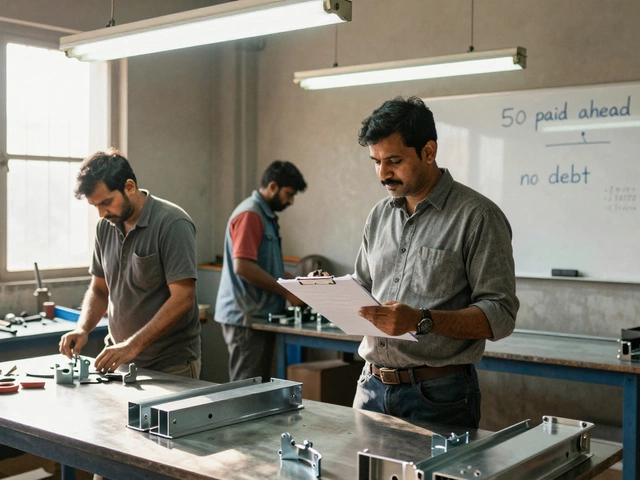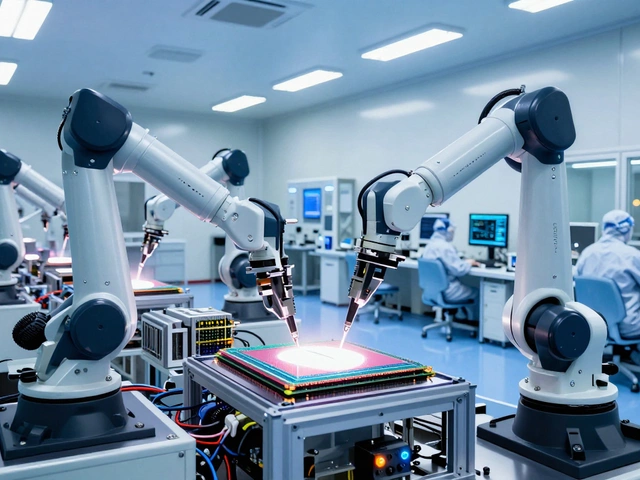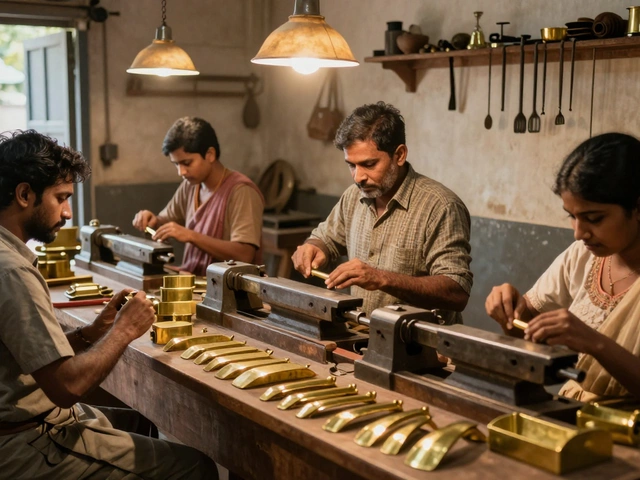India Manufacturing Hub – Your Guide to the Best Industrial Hotspots
India’s factory scene is buzzing. From small‑scale units in Gujarat to massive pharma parks in Hyderabad, the country offers a mix of opportunities that can fit almost any business plan. If you’re wondering where to plant your next plant, which trends to follow, or how to navigate local rules, you’re in the right place.
This page pulls together the most useful articles from BK Allied’s blog. Each post tackles a real‑world question – whether it’s about the biggest pharma cluster, how to import furniture, or which products will be hot in 2025. Below you’ll find a quick rundown of the key ideas and a few extra pointers you can start using today.
Why India Is a Manufacturing Powerhouse
First off, the numbers speak for themselves. Over the last decade, India’s manufacturing GDP has grown faster than many neighboring economies. Cheap labor, a huge domestic market, and government schemes like Make in India create a fertile ground for new factories.
But it’s not just cheap labor. The country is seeing a tech upgrade – automation, IoT, and green energy are making Indian factories more efficient and eco‑friendly. That means lower operational costs and a better chance to export quality goods.
Another hidden advantage is the supply‑chain ecosystem. Major ports in Mumbai and Chennai, rail links across the heartland, and a network of logistics providers mean you can move raw material and finished products quickly. For a newcomer, this reduces the headache of figuring out how to get goods in and out.
Key Hubs to Watch in 2025
1. Pharma – Baddi, Hyderabad, Gujarat: Baddi leads in sheer manufacturing capacity, Hyderabad shines in API and vaccine R&D, while Gujarat dominates export volumes. If you’re in life sciences, pick the hub that matches your focus – production versus research.
2. textiles – Maharashtra & Tamil Nadu: Synthetic textile production is soaring, with big players setting up massive plants. The region offers skilled labor and a long history of textile trade.
3. Furniture – Punjab & West Bengal: Rising demand for smart, sustainable furniture is turning these states into hotbeds for design‑forward manufacturers. Government subsidies are also encouraging eco‑friendly production.
4. Electronics – Karnataka & Telangana: The electronics corridor is expanding fast thanks to a push for Make in India electronics. If you’re building gadgets, these states give you access to a skilled engineering workforce.
5. Food processing – Andhra Pradesh & Gujarat: Modern food‑processing units are sprouting near agricultural belts, cutting transport costs and ensuring fresher raw material supply.
Every hub has its own set of incentives, land‑availability rules, and tax structures. The best move is to shortlist a few that align with your product and then dive into the local policies.
Now, how do you turn this knowledge into action? Start with a simple checklist:
- Identify the product you want to make and the market you’ll serve.
- Match the product to a hub that already has supporting industries – think raw material sources, skilled labor, and logistics.
- Check the state’s industrial policy – many offer tax holidays, subsidized power, or capital grants for first‑time investors.
- Visit the site if you can. Seeing the factory floor, talking to local officials, and meeting potential suppliers gives you a realistic picture.
- Plan for compliance. Articles like “Banned Chemicals in India” and “Import Furniture from India to the USA” show that regulations can be a hurdle if you’re not prepared.
By following these steps, you’ll reduce the guesswork and speed up the time it takes to get your plant up and running. And remember, you don’t have to do everything alone – BK Allied’s blog has deep‑dive guides on everything from cost‑effective flipping ideas to the 5 M’s of manufacturing that can help you fine‑tune processes once you’re on the ground.
Ready to take the next step? Pick the hub that feels like the best fit, read the related BK Allied articles for a deeper dive, and start mapping out your factory layout today. The Indian manufacturing landscape is waiting, and with the right information you can turn that opportunity into a thriving business.
Why India Isn’t the World’s Manufacturing Hub: Deep Dive Into Challenges & Real Solutions
India’s massive potential as a global manufacturing giant remains largely untapped. Explore what’s holding India back from becoming a true manufacturing hub, from red tape to power outages, and see what steps can make a difference.
Read More




